Today, Tanaka's laboratory not only examines arms and legs, but also many other organs. The liver, heart, brain, and retina are being researched using over 300 transgenic lines. This expansion of her research was also made possible by funding from the FWF. Most recently, Elly Tanaka received the 2025 FWF Wittgenstein Award.
“We are particularly interested in the question of cell competence,” explains Tanaka. “What enables a differentiated cell to regenerate?” In the leg, her group was able to show that fibroblasts become stem cells. In the heart, on the other hand, they were able to prove that heart muscle cells – which were long thought to be unable to divide in adult animals – begin to divide again after an injury. This realization is of major signifigance for humans: After a heart attack, large quantities of heart cells die, and the affected tissue permanently loses function. The team now wants to decode the signals that drive and control heart regeneration.
The Tanaka group is also investigating how nerve cells in the retina react to injuries and how this ability changes with age. The team has already succeeded in differentiating human embryonic stem cells into retinal tissue, specifically into the pigment epithelium of the retina. With the help of this tissue, they are looking for active substances that can be used to repair defects in the pigment epithelium that lead to blindness if left untreated.
At the same time, the group is devoting itself to another neuroscientific focus: the regeneration of the brain. Today, her lab adapts state-of-the-art methods from neuroscience, such as whole brain imaging, to understand how neuronal circuits in the axolotl rewire after an injury, and whether behavior is truly restored afterwards.
Tanaka is also concerned with another fundamental question: How does the adult animal manage to coordinate the right signals over such large amounts of tissue and distances? “In the embryo, these signals act in small structures, in the adult everything is much larger. How does that work?” The first indications come from Tanaka's original area, the regeneration of the tail. When an adult axolotl loses its tail, it regenerates a complete set of vertebrae whose size is precisely adapted to the size of the adult animal. The axolotl uses completely different mechanisms for this than during embryonic development. “But how does the tissue determine the correct size?”
The answer to this question has direct implications for regenerative medicine: Once we understand these principles, they could be applied to human stem cells and organoids could be developed to serve as models for regenerative medicine.
When Tanaka began her research, she hadn’t really thought of medical applications. “I was interested in the understanding how it worked – and I still am.” Today, however, it is becoming increasingly clear how important her work could be for medicine. “We want to grow organoids and use them to research the regeneration of the arm and leg in the human system and ideally influence it in a targeted way.”
Improvised experiments with razor blades and dyes gave rise to modern regeneration research. The axolotl, an unusual animal, has become a model that is changing not only our understanding of itself but perhaps one day also human medicine.
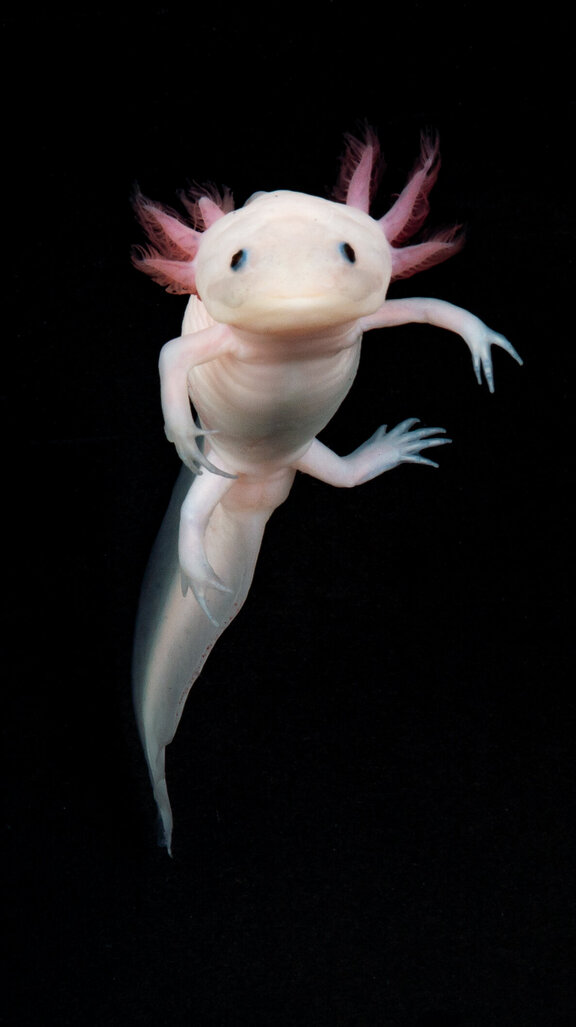
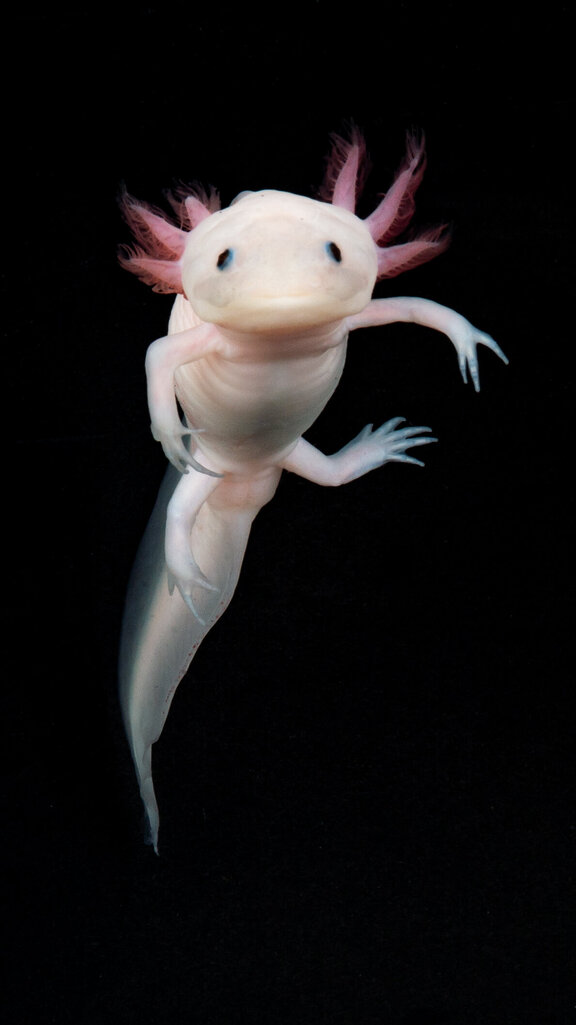

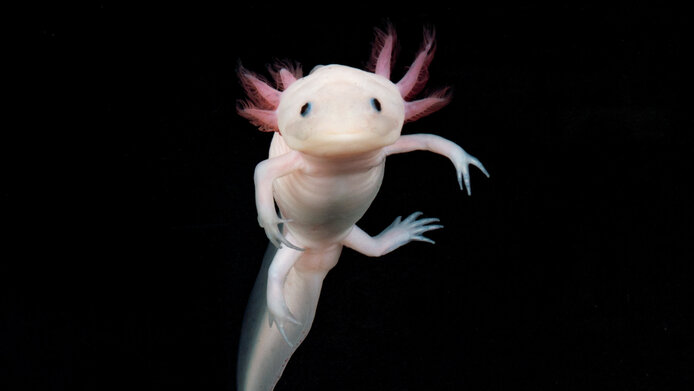
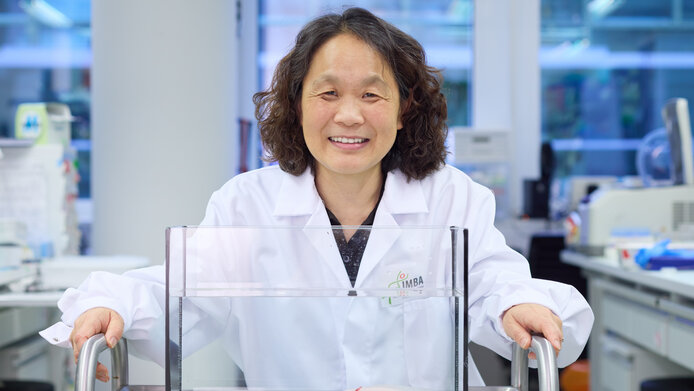
![[Translate to English:]](/fileadmin/_processed_/2/b/csm_EmmanuelleCharpentier_cHallbauerundFioretti_35afb9cedd.jpg)
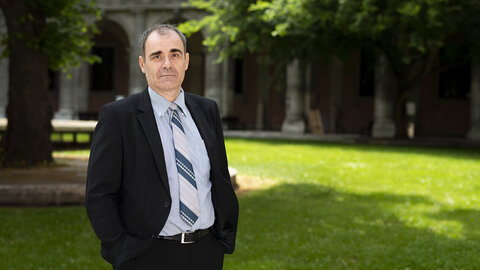
![[Translate to English:] Christa Schleper entnimmt eine Sedimentprobe aus der Donau](/fileadmin/_processed_/3/e/csm_Christa_Schleper_cUlrichZinell_ef90da6f10.jpg)
![[Translate to English:] Wolfgang Lutz blättert in einem großen Atlas](/fileadmin/_processed_/c/6/csm_Wolfgang_Lutz_cHerbertNeubauer_picturedesk_f0e494e876.jpg)
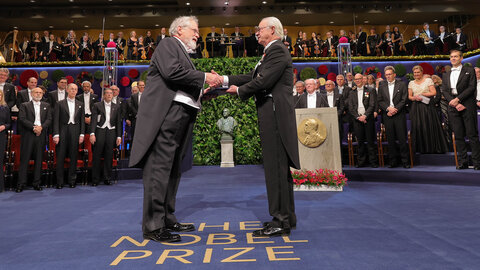
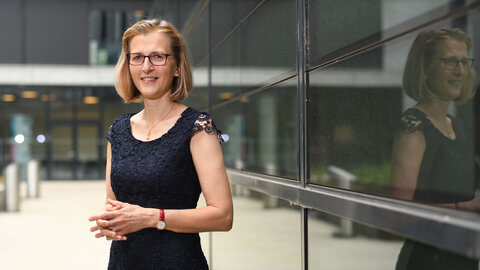
![[Translate to English:] Portrait Walter Pohl](/fileadmin/_processed_/1/2/csm_Portrait_WalterPohl_cFWF_LuizaPuiu_c0acb71e9a.jpg)
![[Translate to English:]](/fileadmin/_processed_/5/b/csm_Ferenc_Krausz__C__%C3%96AW_APA-FOTOSERVICE_MARTIN_H%C3%96RMANDINGER_2_ed50c7acf1.jpg)